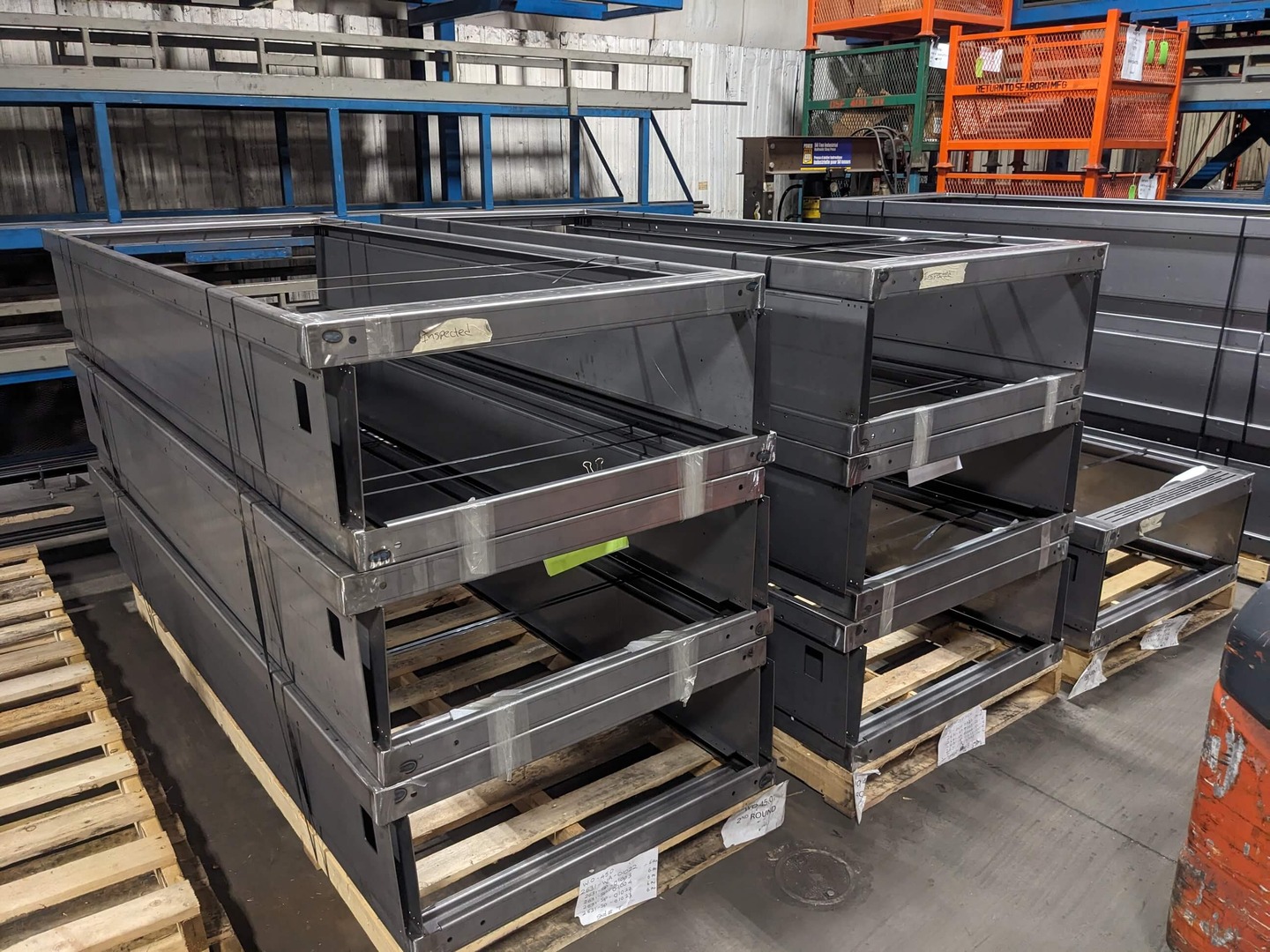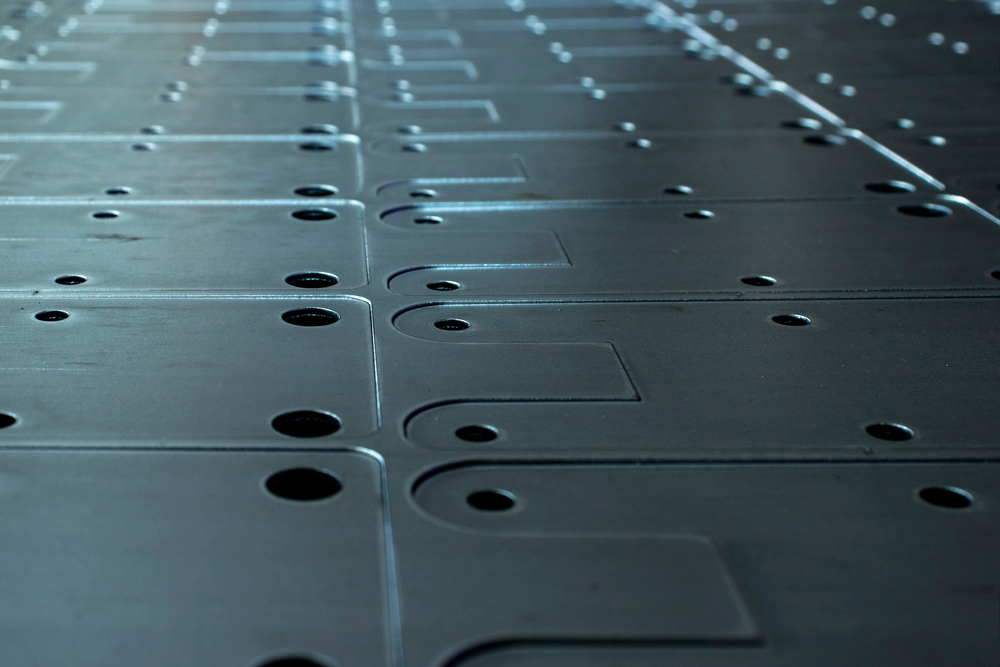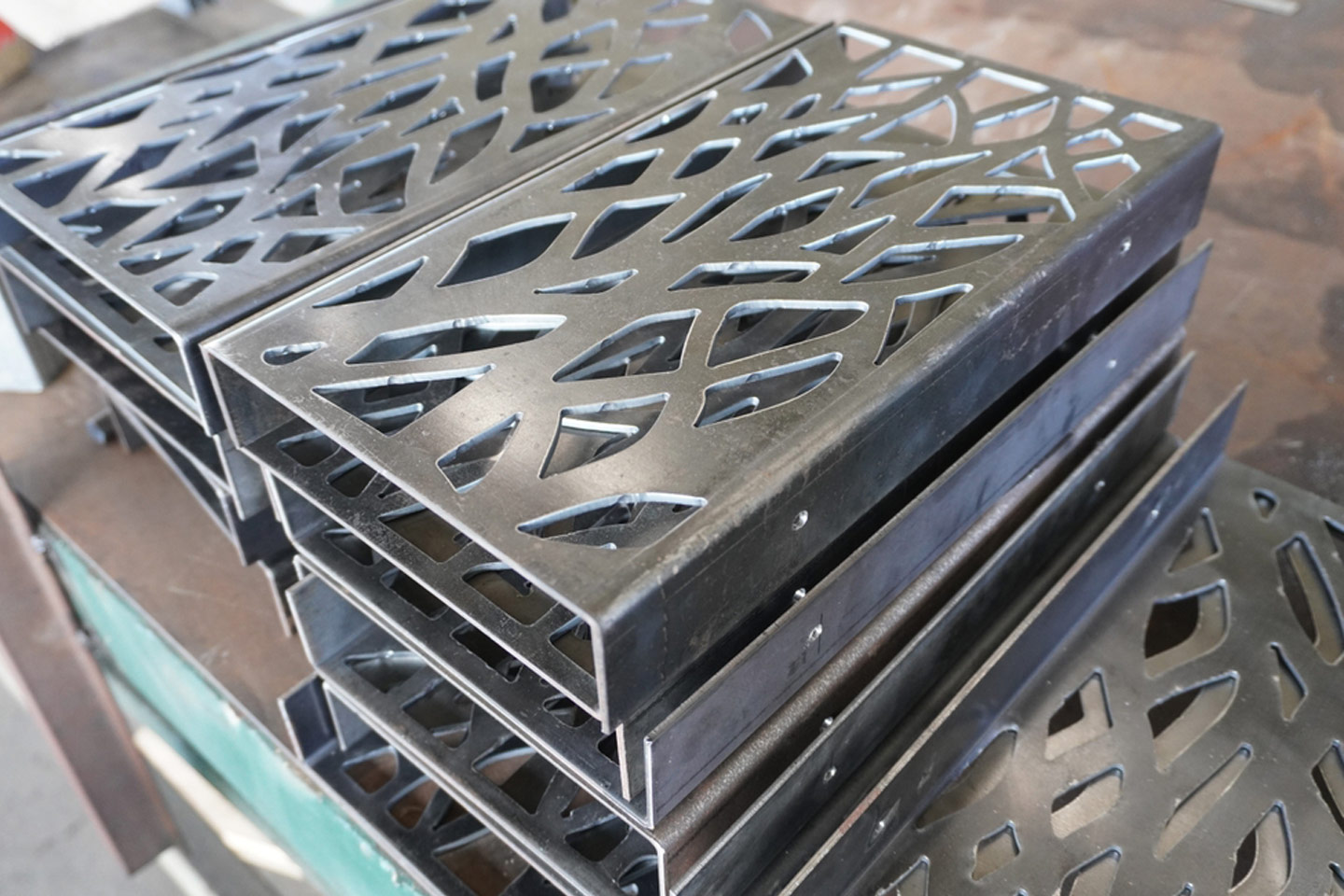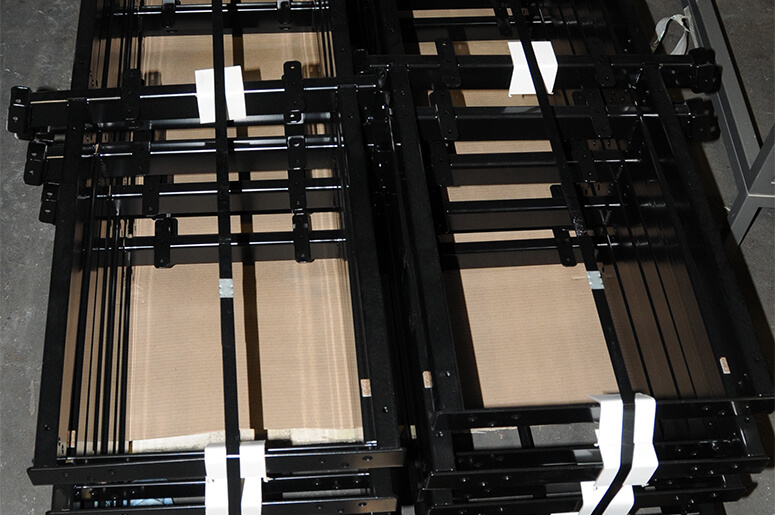Introduction
Robotic welding has come a long way in metal fabrication, making production faster, precise, and economical. In a manual welding system, it is only a welder’s experience and skill that stands between a weak and a strong weld, leaving room for a lot of potential variability in the welding processes. On the other hand, robotic welding provides perfect, repeatable, flawless, reliable welds every single time. More manufacturers are heading towards this automation option, not merely to keep up but to achieve a competitive advantage.
Automation is going beyond speed—it’s about making the factory smarter. It allows robots to work on tedious and repetitive jobs while letting humans focus on areas that matter much more, like quality control. This all leads to a fast, safe, and dependable method of manufacturing.
Advantages of Robotic Welding
1. Improved Weld Precision & Consistency
- Minimizes chances for human error and variability; hence every single weld is done according to specifications. No shaking hands; no slips; just perfect weld every time.
- Uniform and consistent welds penetrate and sustain strength, forming strong joints. No more weak points, no more irregularities.
- Provides maximum consistency, performing the same weld on every unit. Five pieces or five thousand, the quality is always the same.
2. Faster Production & Higher Throughput
- Reduces cycle times, which means more product in less time. Robots don’t wait; they don’t slow down.
- Robots do not become tired while working—they can keep running 24-7 in production if needed. No breaks and no downtime; only consistent output.
- Performs repetitive tasks with speed and precision enabling businesses to respond to high demand without compromising quality.
3. Cost Savings in Labor & Material
- Reduces dependency on skilled manual welders, thus making it easier in scenarios where such welders are rare and costly to hire.
- Eliminates waste and rework by getting it right the first time. In other words; fewer mistakes lead to less wastage of material and less time fixing those mistakes.
- The smart welding lowers the production costs by optimizing material usage and reducing inefficiencies.
4. Enhanced Safety & Workplace Efficiency
- Eliminates welding jobs that would put the workers at risk due to sparks, heat, and radiation.
- Reduces exposure to harmful fumes and extreme temperatures—helps maintain a safe and comfortable workplace for all.
- Allows the human operators to better apply their efforts towards supervising and controlling quality rather than engaging in the physically demanding works.
Seaborn Manufacturing’s Approach to Robotic Welding
Seaborn Manufacturing believes that robotic welding is an advanced approach and therefore highly effective at producing excellent quality results rapidly. We use state-of-the-art robotic welding systems to ensure that strength, precision, and consistency define every weld produced—manufacturing better products, fewer mistakes, and faster turnaround times.
At Seaborn, we go beyond being just a player in robotic welding—we use CNC fabrication to create a seamless, clean production workflow from start to finish. This helps tremendously to avoid material waste and save time. This allows production to run along a streamlined process with little intervention.
Conclusion
To boost quality, speed, and cost-effectiveness, robotic welding is no longer an option—it’s a must-have! The changing face of automation, with the convergence of robotics and skilled manpower, guarantees a smarter, safer, and more dependable welding process.







